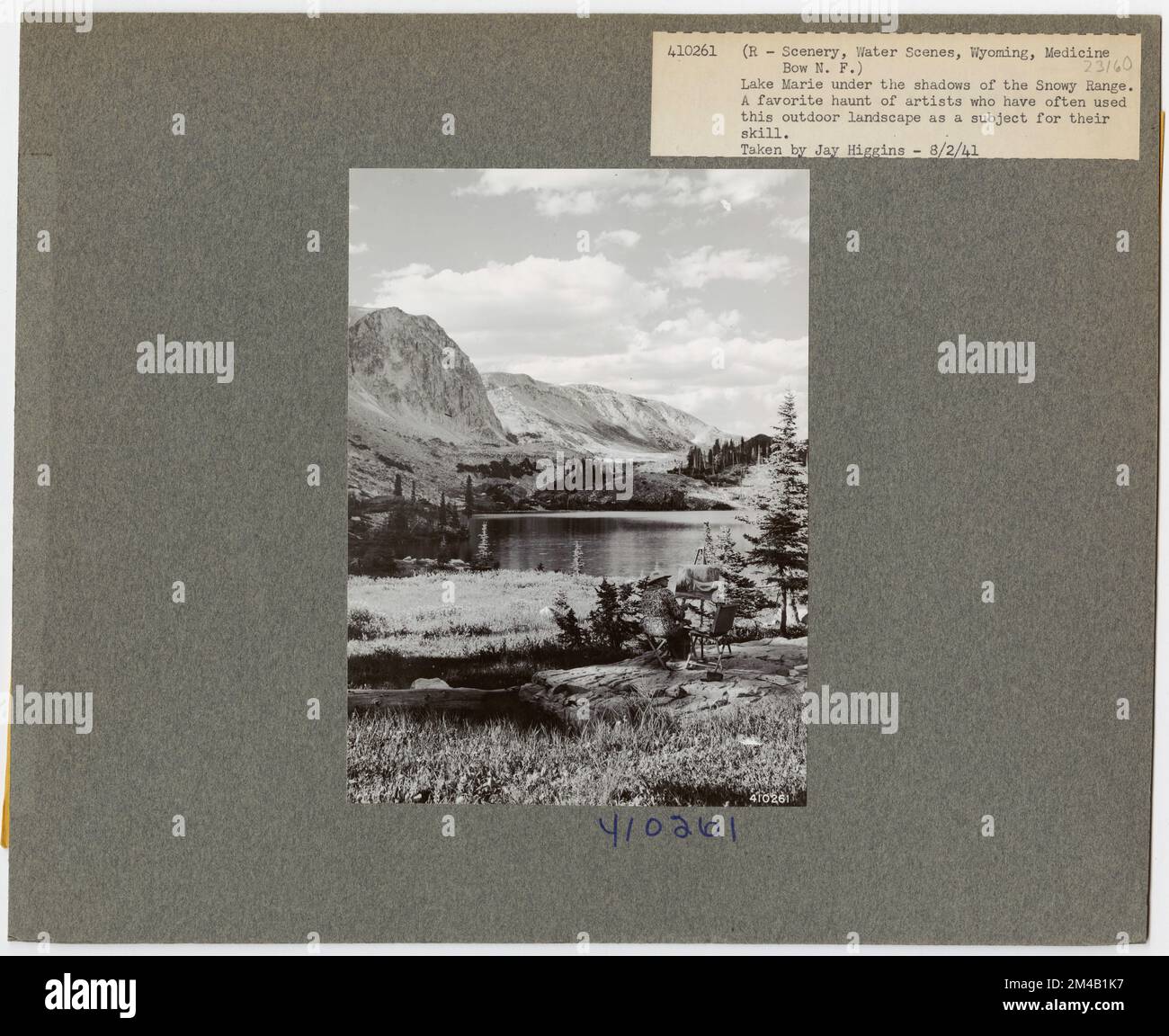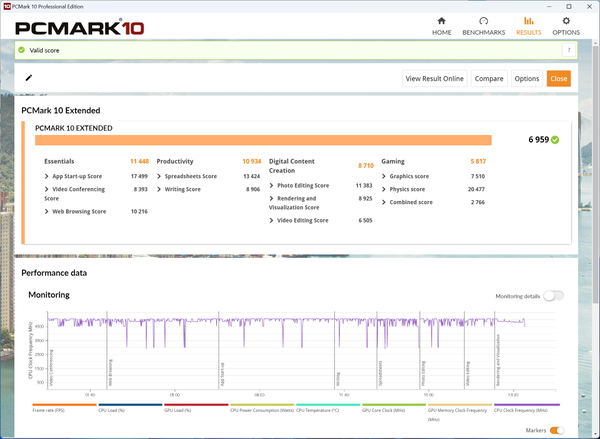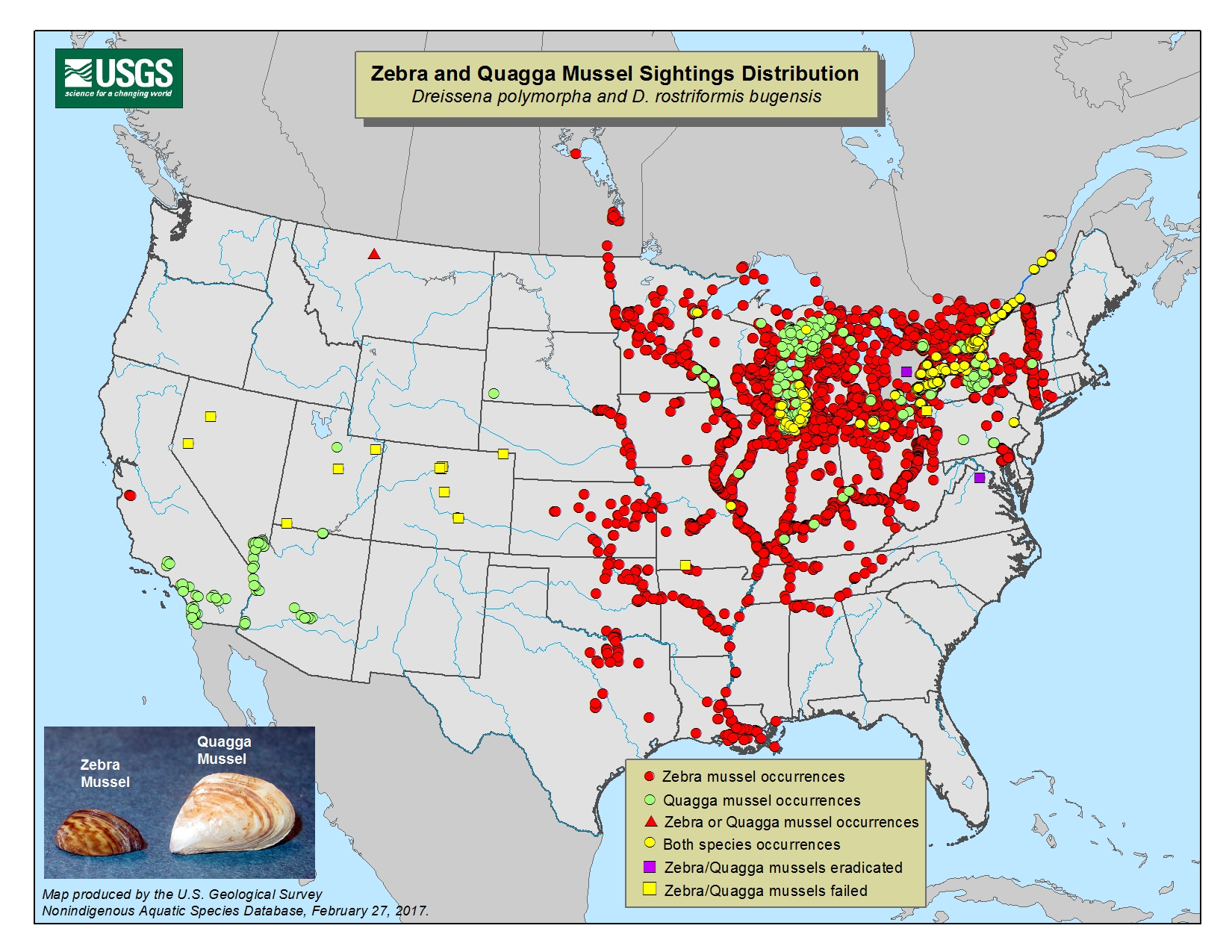Improving Otter Management Practices In Wyoming: A Critical Analysis

Table of Contents
Current Otter Population Status in Wyoming
Understanding the current state of Wyoming's otter populations is paramount for effective management. While precise figures are challenging to obtain due to the elusive nature of otters, current estimates suggest a relatively stable, though potentially fragmented, population across suitable habitats. Population monitoring employs a combination of methodologies, including scat surveys to identify presence and density, camera trapping for visual confirmation and individual identification, and, in certain areas, aerial surveys to assess broader distribution. However, the effectiveness of these methods varies depending on terrain and otter density.
- Current estimated otter population size: Precise numbers remain elusive, requiring more comprehensive statewide surveys.
- Geographic distribution within Wyoming: Otters are primarily found along major rivers and streams across the state, with higher densities in areas offering suitable habitat (e.g., undisturbed riparian zones with abundant prey).
- Major threats to otter populations: Habitat degradation from development and agriculture, water pollution from industrial and agricultural runoff, and increasing human-wildlife conflict stemming from human encroachment into otter territories pose significant threats. Furthermore, climate change impacts, such as altered water flows and prey availability, are also emerging concerns.
- Strengths and weaknesses of current monitoring techniques: While scat surveys provide a cost-effective method for initial assessment, they lack precision in determining population size. Camera trapping provides valuable data on individual identification and behavior, but suffers from potential biases based on camera placement and animal detectability. Aerial surveys offer broader coverage, but can be expensive and less effective in densely vegetated areas.
Assessment of Existing Management Strategies
The Wyoming Game and Fish Department (WGFD) currently employs a range of strategies for otter management, including habitat protection within existing wildlife management areas and some limited habitat restoration projects. Efforts to mitigate human-wildlife conflict predominantly focus on public education campaigns highlighting coexistence strategies, along with prompt response to reported conflicts. Hunting or trapping of otters is generally not permitted in Wyoming, offering a degree of protection. Limited research initiatives, often collaborating with universities and NGOs, are underway to improve our understanding of otter ecology and habitat requirements.
- Habitat protection and restoration efforts: Current efforts are largely reactive, focusing on protecting existing suitable habitat rather than actively restoring degraded areas.
- Mitigation of human-wildlife conflict: Education campaigns are effective, but more proactive approaches, such as designing development projects to minimize habitat fragmentation, are needed.
- Regulations concerning hunting or trapping of otters: The existing protection afforded by the lack of hunting or trapping regulations is beneficial, but continued enforcement is crucial.
- Research initiatives related to otter conservation in Wyoming: While existing research provides valuable data, increased funding and collaboration are needed to expand the scope and impact of these efforts.
Identifying Gaps and Areas for Improvement
Despite existing efforts, several gaps hinder effective otter management in Wyoming. Increased funding for comprehensive population surveys using a combination of advanced monitoring techniques is vital to refine population estimates and distribution maps. The effectiveness of current public awareness campaigns can be enhanced through targeted outreach to communities located near important otter habitats. Furthermore, collaboration between the WGFD, other state and federal agencies, non-governmental organizations (NGOs), and local communities is crucial for ensuring coordinated and comprehensive conservation efforts.
- Need for increased funding for research and monitoring: More resources are needed to implement advanced monitoring techniques and support larger-scale research projects.
- Improved public awareness and educational campaigns: Targeted outreach programs, focusing on co-existence strategies and the importance of otter habitat, are crucial.
- Strengthening collaboration between government agencies, NGOs, and local communities: A collaborative approach will leverage the expertise and resources of all stakeholders.
- Implementation of adaptive management strategies based on monitoring data: Regularly reviewing and adjusting management strategies based on new data will ensure effectiveness.
Recommendations for Enhanced Otter Management
To optimize otter management in Wyoming, a multi-faceted approach is recommended. This includes prioritizing habitat restoration projects, especially along degraded riverbanks and riparian zones, focusing on planting native vegetation to enhance food availability and otter denning sites. Proactive strategies for minimizing human-wildlife conflict should include community engagement initiatives, strategic land-use planning that considers otter habitats, and the development of effective conflict resolution protocols. Investing in advanced monitoring techniques, such as GPS tracking and genetic analysis, will provide more precise data on population dynamics and movement patterns. Finally, the development of a comprehensive state-wide otter conservation plan, in collaboration with neighboring states, is essential for long-term success.
- Specific habitat restoration projects: Prioritize restoration of degraded riparian areas using native vegetation.
- Strategies for minimizing human-wildlife conflict: Develop community outreach programs, improve land-use planning, and establish conflict resolution protocols.
- Improved data collection and analysis techniques: Invest in GPS tracking, genetic analysis, and advanced statistical modeling.
- Development of a comprehensive otter conservation plan: Establish a strategic plan outlining long-term goals, objectives, and management actions.
- Collaboration with neighboring states on transboundary otter management: Coordinate conservation efforts across state boundaries.
Conclusion
Improving otter management practices in Wyoming requires a concerted effort from various stakeholders. This analysis has highlighted the need for increased funding, improved monitoring techniques, strengthened collaborations, and the implementation of proactive strategies for habitat restoration and conflict mitigation. By adopting the recommendations outlined in this article, we can work toward ensuring the long-term health and abundance of Wyoming's otter populations. Advocate for enhanced funding for Wyoming's otter conservation programs, support research initiatives aimed at improving our understanding of otter ecology, and join efforts to protect and restore crucial otter habitats in Wyoming. The long-term benefits of proactive and effective improving otter management practices in Wyoming are immeasurable for the state's biodiversity and ecological well-being.

Featured Posts
-
 Wide Gas Price Range In Columbus 2 83 3 31 Gallon
May 22, 2025
Wide Gas Price Range In Columbus 2 83 3 31 Gallon
May 22, 2025 -
 Ascii Jp Ntt Multi Interconnect At Be X
May 22, 2025
Ascii Jp Ntt Multi Interconnect At Be X
May 22, 2025 -
 A Critical Look At Trumps Proposed Golden Dome Missile Defense System
May 22, 2025
A Critical Look At Trumps Proposed Golden Dome Missile Defense System
May 22, 2025 -
 Ing Groups Form 20 F 2024 Annual Report And Financial Statements
May 22, 2025
Ing Groups Form 20 F 2024 Annual Report And Financial Statements
May 22, 2025 -
 Casper Boat Lift Infestation A Residents Discovery Of Thousands Of Zebra Mussels
May 22, 2025
Casper Boat Lift Infestation A Residents Discovery Of Thousands Of Zebra Mussels
May 22, 2025
Latest Posts
-
 Wordle Help Solving Todays March 26 Nyt Wordle Puzzle
May 22, 2025
Wordle Help Solving Todays March 26 Nyt Wordle Puzzle
May 22, 2025 -
 Tough Wordle Today March 26 Heres The Nyt Answer
May 22, 2025
Tough Wordle Today March 26 Heres The Nyt Answer
May 22, 2025 -
 Wordle 1366 Hints And Answer For March 16ths Wordle Puzzle
May 22, 2025
Wordle 1366 Hints And Answer For March 16ths Wordle Puzzle
May 22, 2025 -
 Wordle Today Answer Wordle 1366 Hints And Solution For March 16th
May 22, 2025
Wordle Today Answer Wordle 1366 Hints And Solution For March 16th
May 22, 2025 -
 Wordle Answer March 26 Todays Nyt Wordle Solution
May 22, 2025
Wordle Answer March 26 Todays Nyt Wordle Solution
May 22, 2025
